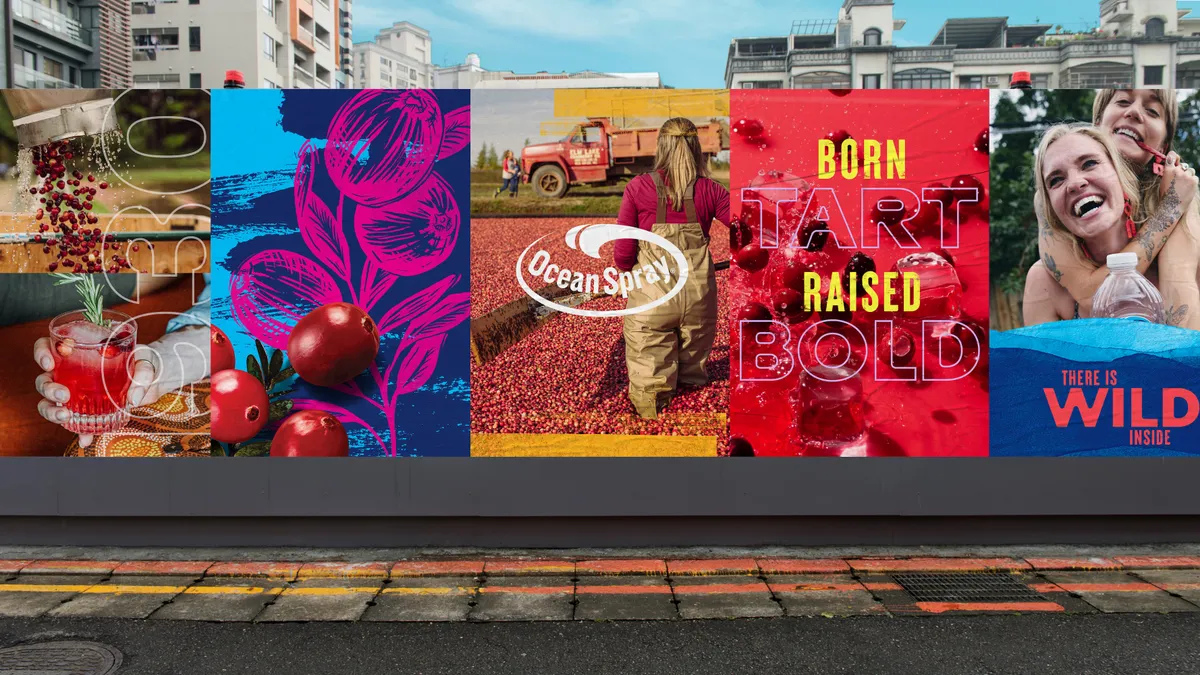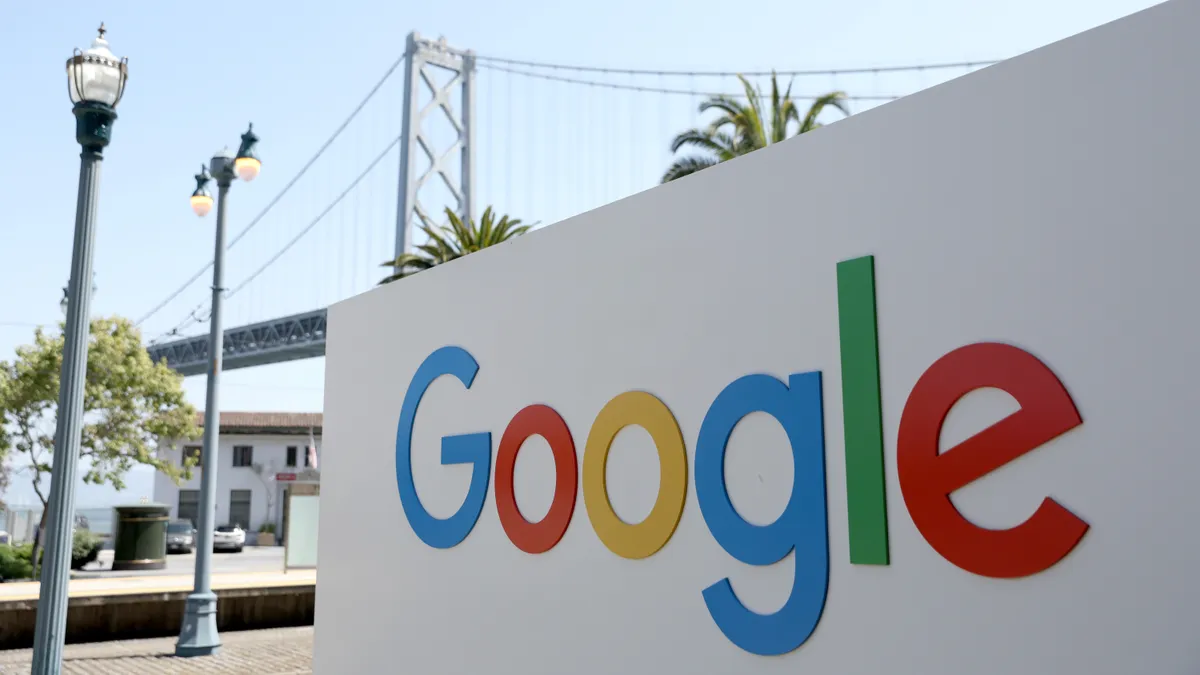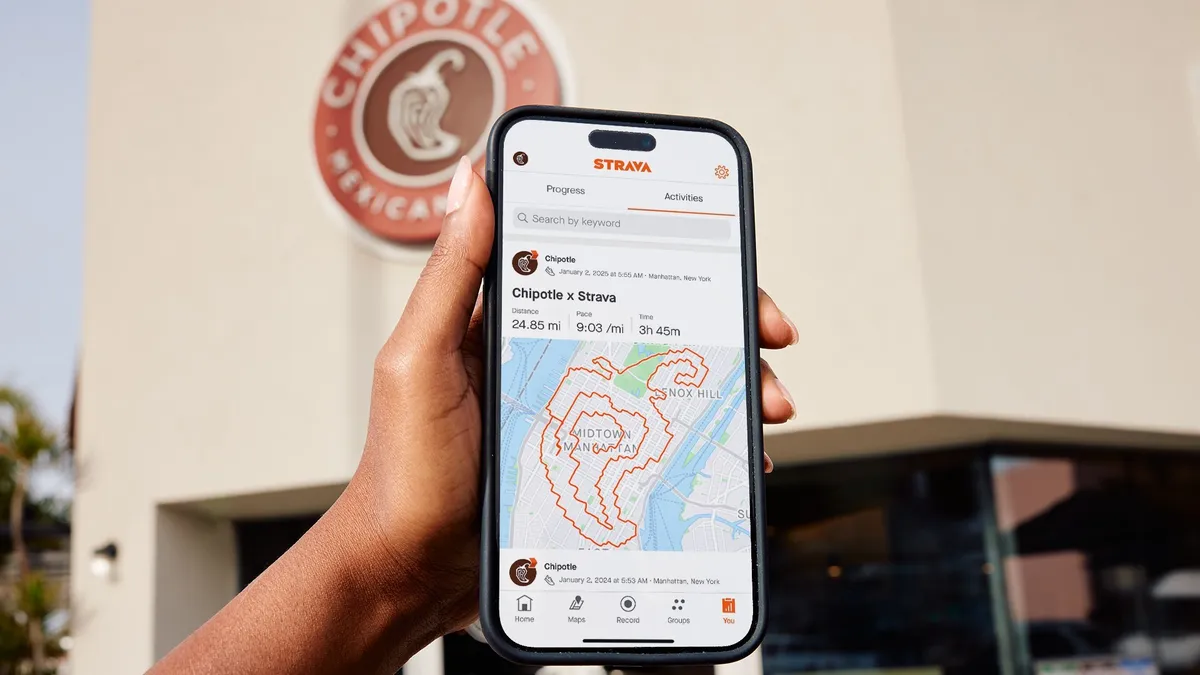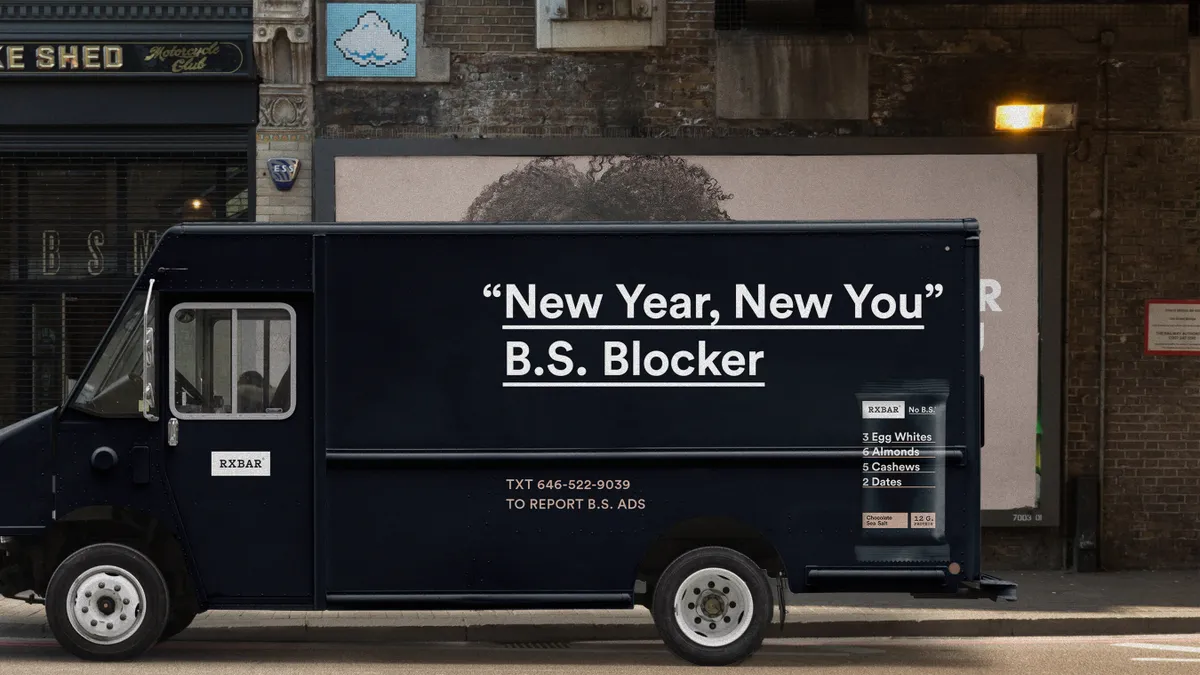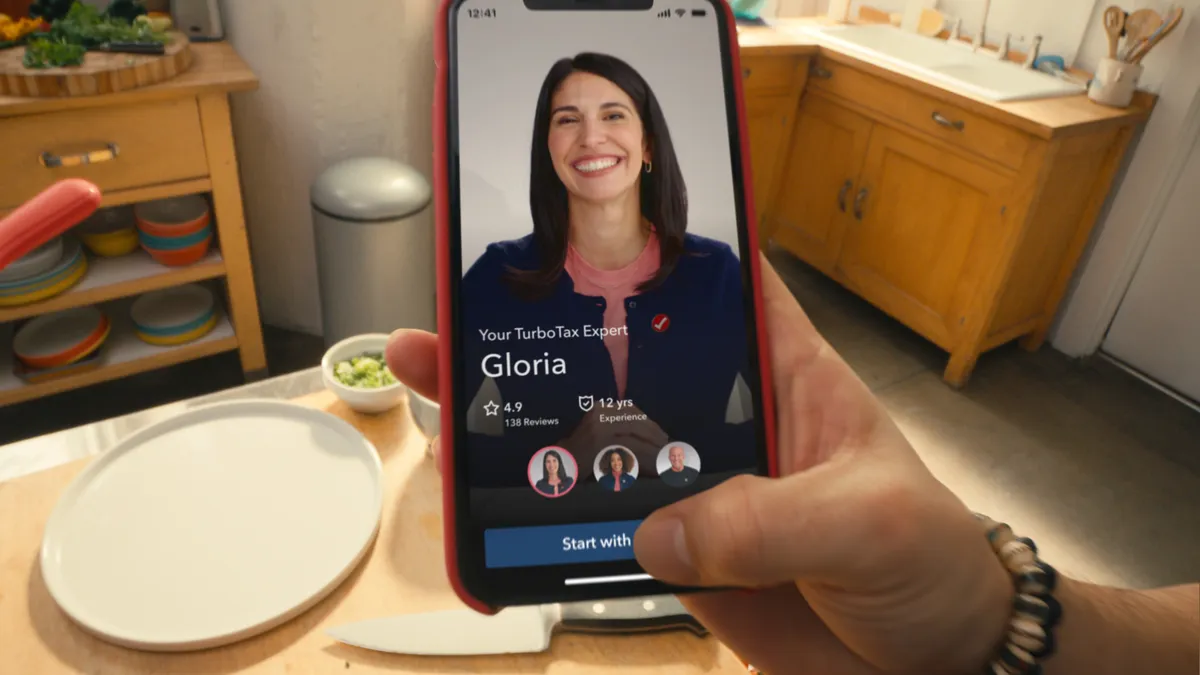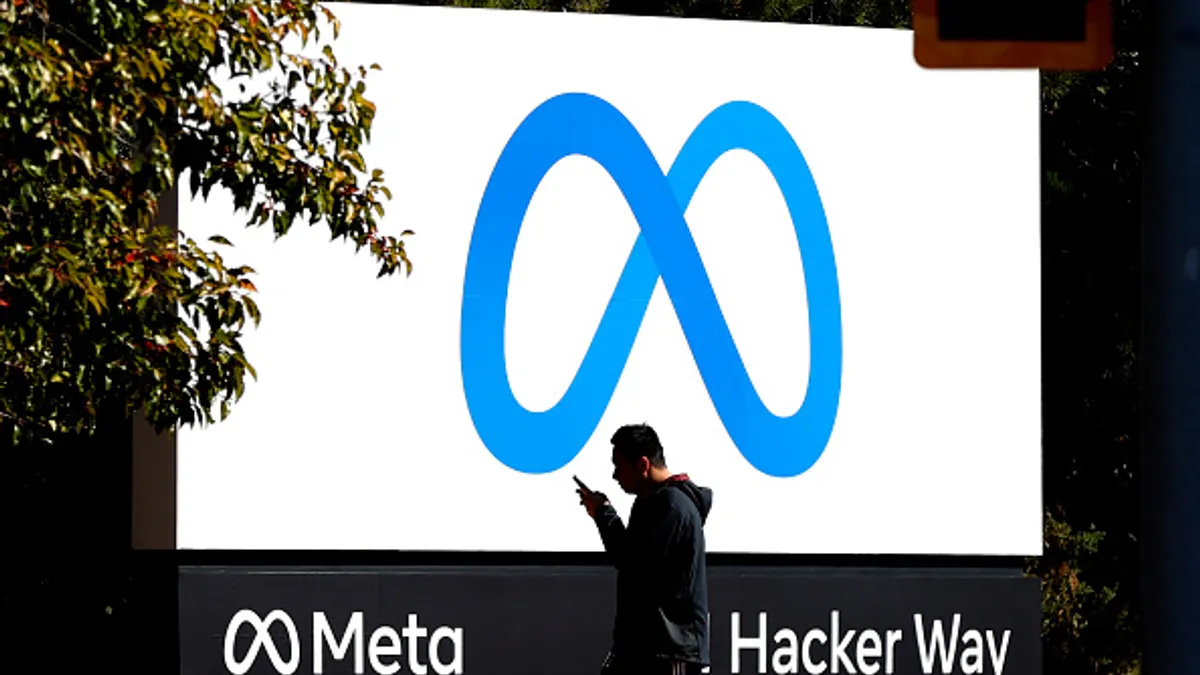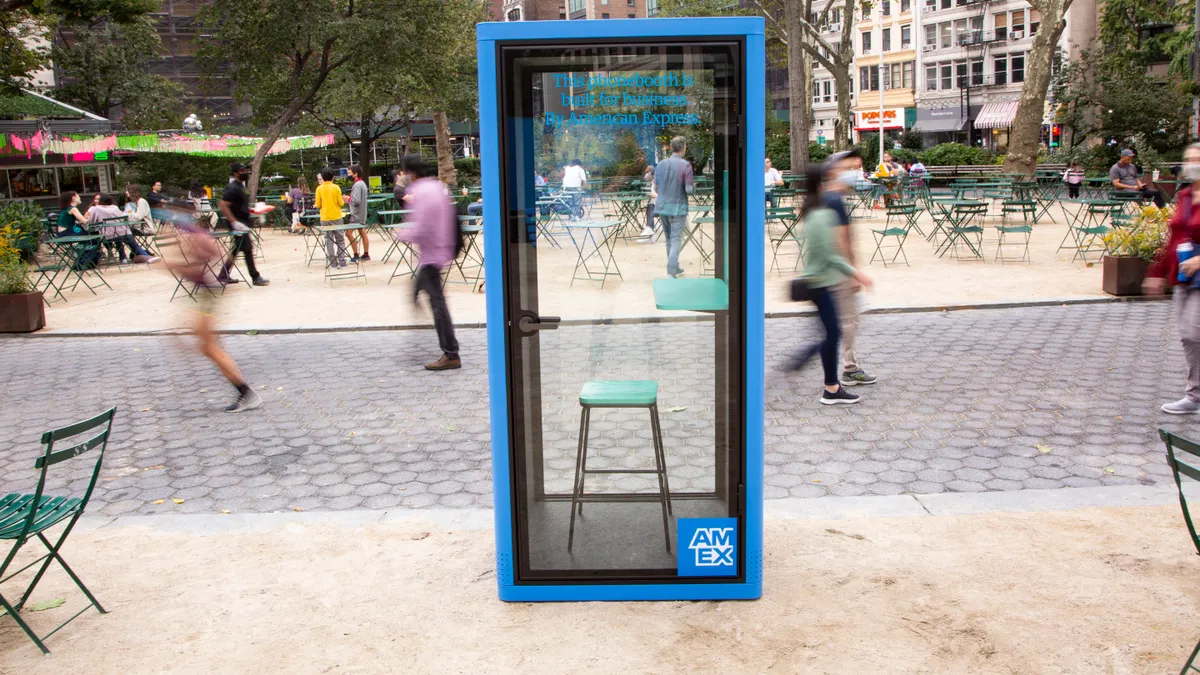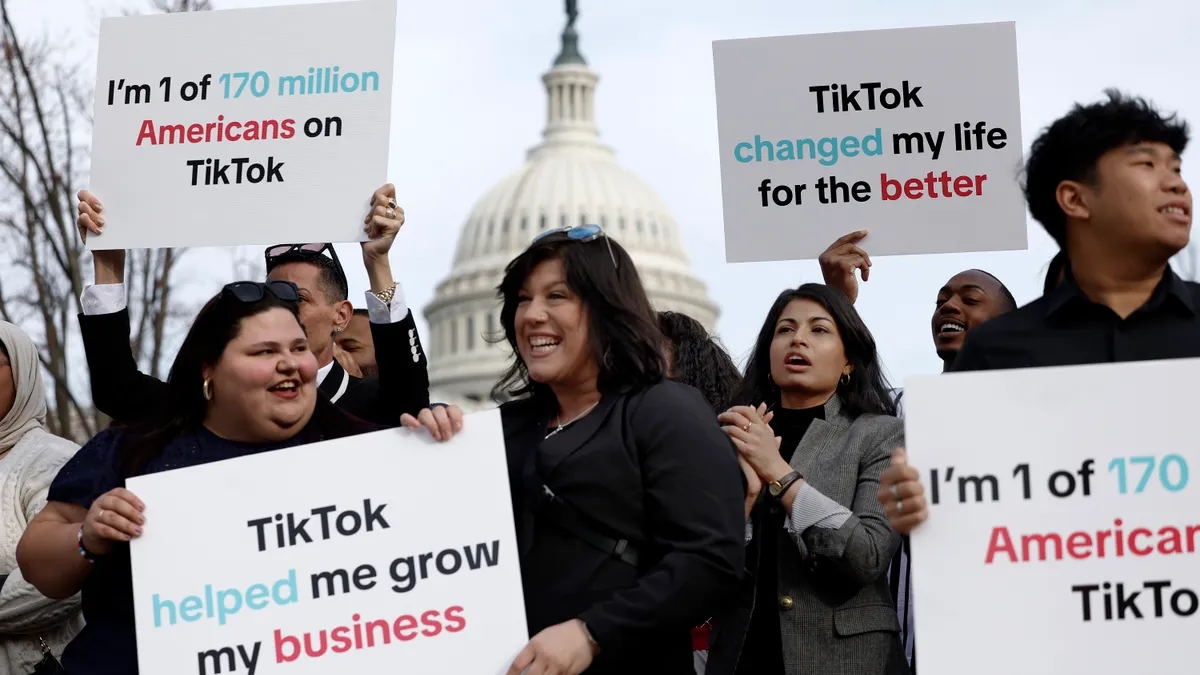Several trends point to marketers taking a more diversified approach in 2018 than in the recent past when it comes to engaging mobile users with holiday-themed ads.
This year, several social media platforms have significantly expanded advertising options, and ad sales are growing as a result, in many cases. Brands looking for the next big thing are also likely to explore voice activations and ads supported by artificial intelligence (AI) for time-crunched holiday shoppers, thanks to several technology advances. At the same time, Facebook's importance for brands could be in question in response to a number of developments, including pricier ads and declining returns on investment. The latter has been driven by the social behemoth's decision to prioritize content that encourages meaningful interaction over passive viewing and the lingering effects of the Cambridge Analytica scandal. What it all adds up to is that mobile advertising is no longer "Facebook or nothing," Jeff Hasen, mobile strategist for Possible Mobile, told Mobile Marketer.
"YouTube's ad spend is up considerably, specifically 189% through the second quarter [of 2018]," Hasen said. "And Pinterest is projected to see a doubling in spend year over year."
Social media opportunities proliferate
As the mobile landscape continues to evolve — and mobile holiday shopping grows — savvy marketers can't simply stick with what worked well in 2017 as they strategize around connecting with consumers during the last few months of the year. Social media, which continues to command a significant percentage of consumers' screen time, remains crucial for brands looking to get in front of mobile users, and new opportunities are emerging as usage patterns evolve.
While YouTube is making video ads more actionable to appeal to advertisers, Pinterest is beefing up shopping capabilities for its ads, something that Instagram is also doing with new features to support direct sales. All three platforms will likely see significant interest during the holidays from brands and retailers looking to engage users seeking gift inspiration and transforming them into customers.
A big benefit for brands on Instagram is that the platform is mobile-first and the quality of content remains relatively high, Mike Froggatt, director of intelligence research at Gartner L2, told Mobile Marketer. As a result, brands flock to the platform to work with influencers and to post for sponsored posts and Stories. Prices are likely to increase as more ads land on the platform, and brands should keep an eye on how Instagram curtails the organic reach of their handles, he added.
"Many marketers and brands have been using [Instagram] throughout the year, building on their aesthetic and grooming brand advocates throughout the influencer spheres," Froggatt said. "But holiday campaigns are going to take the intensity to a whole new level."
"I expect to see a full-press of ads that will be coordinated across Instagram's ad units, including the newish Instagram TV feature. The holidays will lead to higher prices as brands compete to win the ad space, especially because Instagram will still limit the amount of ads that show up in their users' feeds."

Mike Froggatt
Gartner L2 director of intelligence research
"I expect to see a full-press of ads that will be coordinated across Instagram's ad units, including the newish Instagram TV feature. The holidays will lead to higher prices as brands compete to win the ad space, especially because Instagram will still limit the amount of ads that show up in their users' feeds."
Snapchat, which has struggled with slower user growth this year, is still an important platform for marketers looking to reach younger consumers.
Ads designed to drive foot traffic during Thanksgiving weekend are one way retailers can leverage Snapchat this year. Victoria's Secret and Target saw the biggest jumps in foot traffic from Snapchat users during the holiday shopping season last year, with users of the platform more than 10 times more likely to shop at those merchant locations on Black Friday than non-users. The findings are in line with research showing that Gen Zers like shopping in physical stores.
To further entice advertisers, Snapchat has introduced several new offerings, including directing users to specific sections of an advertiser's app, such as product listings. Snapchat also hosts Discover channels that let people shop from ads without ever leaving the app, and Target and Lancôme have already urged people to shop through clickable ads on the platform.
There's also likely to be a deluge of augmented reality (AR) ads across social media this holiday season, given the way the technology has expanded over the past year. Brands have a number of options when it comes to AR ads, several of which were noted in a recent Mobile Marketer feature about AR and holiday marketing.
Context is king
One of mobile's points of differentiation is the ability for marketers to know user details based on location, time of day and other data points that can be used to reach users with the right message at the right time. With geofencing, for example, a person near a major retail store could be sent an offer from a competitor in an effort to encourage a visit. Or a commuter who appears to be on her way home based on the time of day could be sent an offer for a takeout meal.
Such contextual advertising has been an area where marketers' mobile efforts have lagged, though that could change this holiday season thanks to the growing use of AI to quickly crunch all the data and come up with meaningful contextual insights, something that may have been too resource-intensive for some marketers in the past. Subway recently boosted store traffic 31% by changing its ads to correspond with weather patterns, leveraging IBM's AI solution Weatherfx Footfall with Watson.
However, caution is needed when using contextual marketer on mobile phones in an era of heightened scrutiny around ensuring the proper opt-ins are in place for using personal data.
"I think what's still missing for many brands — and that's not just a mobile video or display issue — is to think more about context and less about content," Thomas Husson, VP and principal analyst at Forrester told Mobile Marketer. "Too few brands are exploiting contextual data. I think some savvy brands will combine content and context to deliver better ad experiences during the 2018 holiday season."
Digital assistants try to talk their way into shoppers' hearts
The still relatively nascent market for voice-based shopping won't reach mainstream status in 2018, but could play a larger role than a year ago thanks to growing opportunities for ads on smart speakers that marketers can use to compel listeners to try this new method of shopping via a branded interface. In anticipation of this uptick, and as smartphone-savvy consumers use digital assistants more frequently on their phone, brands are starting to ramp up voice-based shopping engagements, such as the one online fashion retailer Asos recently introduced for Google Assistant that lets people use verbal commands to shop.
Marketers are taking a closer look at the smart home device market as manufacturers continue to expand their offerings. Amazon's Echo Show already has a screen that lets people see things instead of just hearing about them, and Google recently introduced a similar device, quickly followed by Facebook.
Adoption continues to grow around smart speakers, with 25% of U.S. households owning one by the end of Q2 2018, Nielsen estimated. However, just 21.2% of U.S. adults have engaged in voice shopping activities like searching for a product, comparing items, asking for prices or making a direct purchase, a Voicebot.ai and Voysis study found. The market is poised for further growth, with voice shopping forecast to surge to $40 billion by 2022 (from $1.8 billion last year) in the U.S. and to $5 billion (from $200 million) in the U.K., OC&C Strategy Consultants estimated.
Will AI ads spark real joy during the holidays?
A number of advancements in AI-based ads this year will mean that brands have an opportunity to leverage the technology to deliver customization, personalized service and other value-add experiences.
For example, on Black Friday this year, Lego Systems will be the first brand to use a new solution from IBM's AI-based interactive Watson Ads placements on any digital site. The ad will focus on 35 Lego products, with the brand creating tailored responses based on consumer interests and needs.
Car dealership Allstar Kia and live auction site Tophatter are among the first companies to test out a new conversational ad format from AdLingo, a startup that Google supported in its Area 120 tech incubator, that places a chatbot inside display ads. The ad format lets customers type in their questions directly and receive information quickly instead of searching through product pages and FAQ sections of websites.
Ultimately, marketers should be figuring out how to leverage advancements in mobile technology over the past year. Those who does so successfully will drive excitement and engagement with holiday shoppers.
"Beyond the numbers, what marketers should be concerned with is delivering more personal and relevant ads,” Possible's Hasen said. “The days of sending meatball sandwich offers to vegetarians should have ended long ago, yet I still get them."




